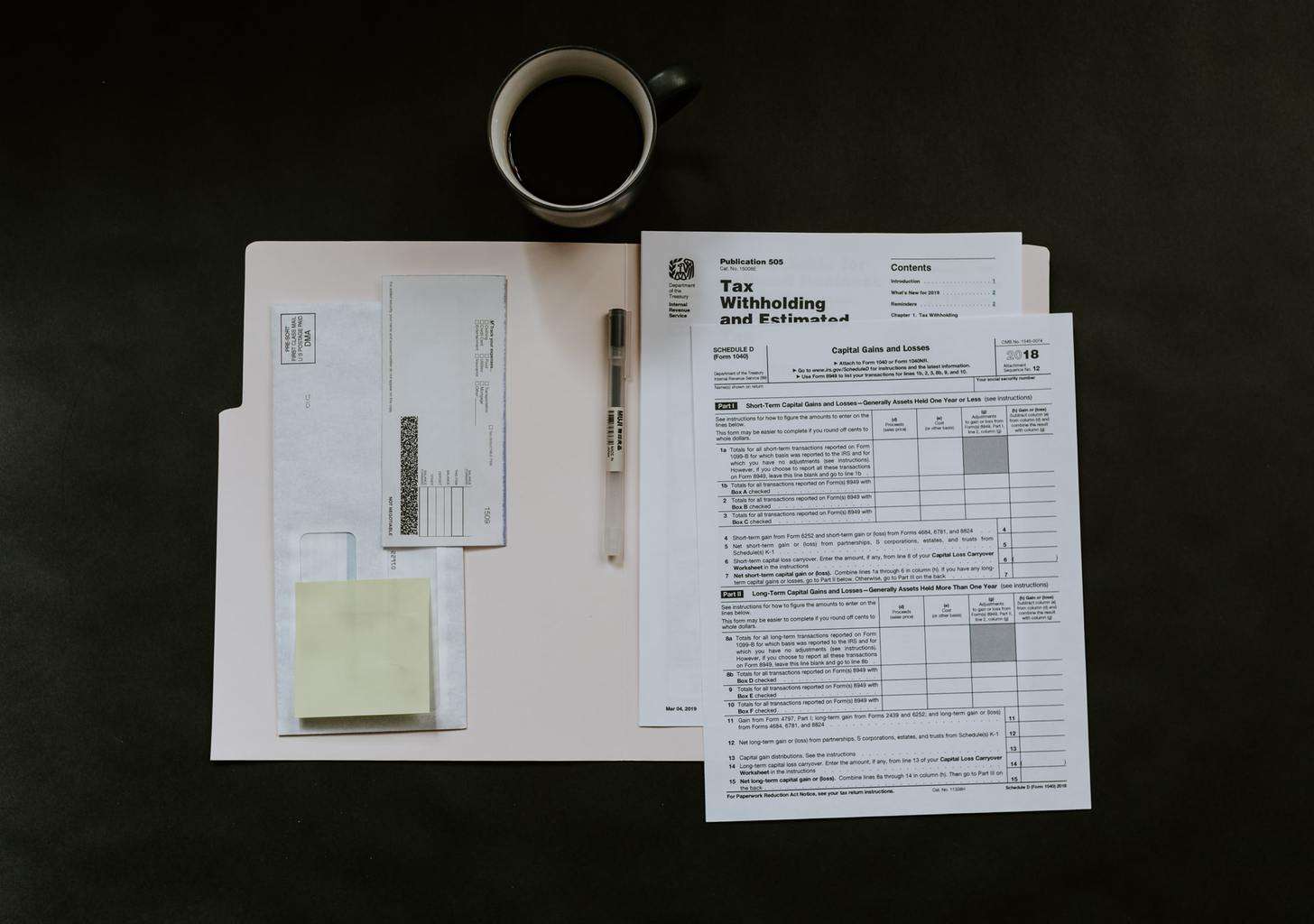Tax season is finally here. If you recently filed your tax return and are owed a refund, you may be wondering when the funds will hit your bank account (or arrive in the mail if you requested a refund by check). Read on to view the IRS timeline for processing refunds and learn what you can do to get your refund faster.
Understanding What a Tax Refund Is
A tax refund is an extra money that you receive from the IRS. It’s not free money and indicates that you overpaid when filing your taxes. You can choose to receive direct deposit funds or wait for a check to arrive in the mail.
What Is the Standard IRS Refund Schedule?
Once you’ve filed your return and received a notification from the Internal Revenue Service (IRS) that it was accepted, here’s when you can expect to receive your refund:
- If you E-filed your return and requested direct deposit, expect to receive your refund in one to three weeks.
- If you E-filed your return and requested a paper check by mail, expect to receive your refund in one month.
- If you mailed your return to the IRS and requested direct deposit, expect to receive your refund in three weeks.
- If you mailed your return to the IRS and requested a paper check by mail, expect to receive your refund in two months.
Factors Affecting Your Tax Refund Timing
There are different factors that determine the tax refund timeline. These are some of the details to consider.
Method of Filing: Paper vs. e-File
The way you input your tax returns determines how soon you receive a refund. A simple way to receive tax refunds sooner is to opt against using paper tax returns. E-file refunds can arrive in as little as one week, while you can wait two months to receive a refund after submitting a paper form. You will also receive faster access to your tax refund on the state and federal level if you request direct deposit instead of a check.
Complexity of Your Tax Situation
Using credits like the Earned Income Tax Credit and Additional Child Tax Credit will prolong your wait time for a federal or state tax refund. The IRS will review personal information and can also prolong the process if it detects suspicious activity like identity theft. Some people get audited by the IRS, which extends the time it takes to receive a refund. Taxes can also get more complicated if you have an LLC.
Issues With Your Tax Returns
Any errors on your tax returns will increase the calendar days from your tax filing to your refund check. The IRS will ask that you resubmit your tax returns if you make any mistakes. Working with a financial advisor or tax professional can reduce the risk of making mistakes.
Possible Delays in Receiving Your Tax Refund
The IRS can audit your tax returns and prolong the process. Mail delivery will also result in a delay since this process takes longer than receiving a direct deposit. It can also take longer to receive a refund if the IRS is short-staffed or if you have a lot of detailed information on your tax return.
Tips To Get Your Tax Refund Faster
Taxpayers who receive their refunds faster can invest the funds or use the extra cash to cover expenses. These are some of the ways you can speed up the process and receive your federal tax refund sooner.
File Electronically
When you file your individual tax return electronically, the IRS receives it sooner. Submitting electronic returns cuts down on the processing time, and you’re able to receive your tax refund faster than you would if you mailed in a paper return.
File Early
The earlier you file, the sooner you can get your refund. Most people file taxes right before the tax deadline, but you can have a more seamless experience if you file in late February. Plus, you’ll avoid the added stress of scrambling to gather your documents or find a reputable tax software program or provider to prepare your return and submit it before the filing deadline.
Check For Mistakes Before Filing
If there are discrepancies between the information on your return and what the IRS has on file, your tax return could be rejected. Double-checking your gross income and other details on your tax return can reduce the risk of any issues. You can also get help from a professional to minimize the likelihood of mistakes. Consequently, your refund will be delayed until you resolve the issues and get an acceptance from the IRS. You will then have to send an amended return to the IRS to determine your refund’.
Choose Direct Deposit For Your Refund
As evidenced by the refund schedule above, direct deposit is the fastest way to get your refund. You can designate a checking or savings account from your financial institution and receive the funds sooner. If you elect to receive what you’re owed by check, you’ll have to wait two to three additional weeks to receive your refund check in the mail.
Choose Best Account To Deposit Your Refund
You want to ensure the account information listed on your tax refund is accurate to prevent any processing delays. It’s equally important to use an account that lets you access your money as soon as possible.
Track Your IRS Refund Status
The “Where’s My Refund?” page on the IRS website lets you track your refund status 24/7. Updates are available 24 hours after e-filing. You’ll need your Social Security number or ITIN, refund amount and filing status to inquire about your refund using this tool.
IRS Tax Refund FAQs
Yes. Tax software programs encrypt user data to shield it from cyber thieves and minimize the chances of identity theft or fraudulent activity occurring.
The IRS will alert you (via email or text) within 24 to 48 hours regarding the status of your return. If it’s accepted, you can refer to the refund schedule listed above to determine when you can expect your tax refund (if applicable). But if your return is rejected, you will have to resolve any issues or discrepancies and resubmit it to the IRS for acceptance.
Use the “Where’s My Refund” tool on the IRS website to check your refund status. You’ll need your Social Security number or ITIN, filing status, and the amount of your refund to view the date your refund is projected to arrive in your account or by mail.
You should E-File your tax return if you want to receive your refund faster. It’s also a more convenient method that enables you to maintain electronic records. In addition, using reputable tax software can help minimize errors that sometimes occur with returns that are completed manually and mailed to the IRS.
If you file an electronic return and request a direct deposit, you can get a tax refund in as little as one week. Your actual time frame will depend on your tax situation.
If you request a tax refund via direct deposit, the timeline is as little as one week. The actual refund date for your federal tax return may vary.
You could incur late filing fees and penalties if you miss the tax filing deadline, which is Monday, April 18, 2024. So, it’s ideal to file an extension in advance if you believe you’ll need more time to prepare your tax return. You’ll have until October 17, 2024, to file your return if the IRS approves your request for an extension.



